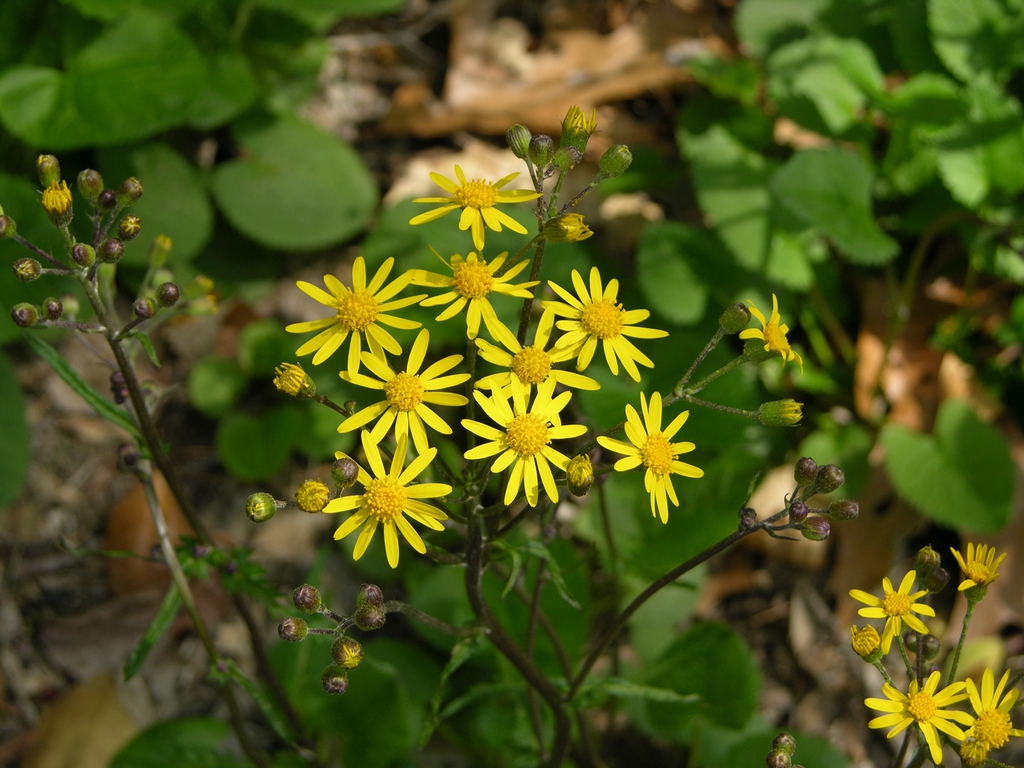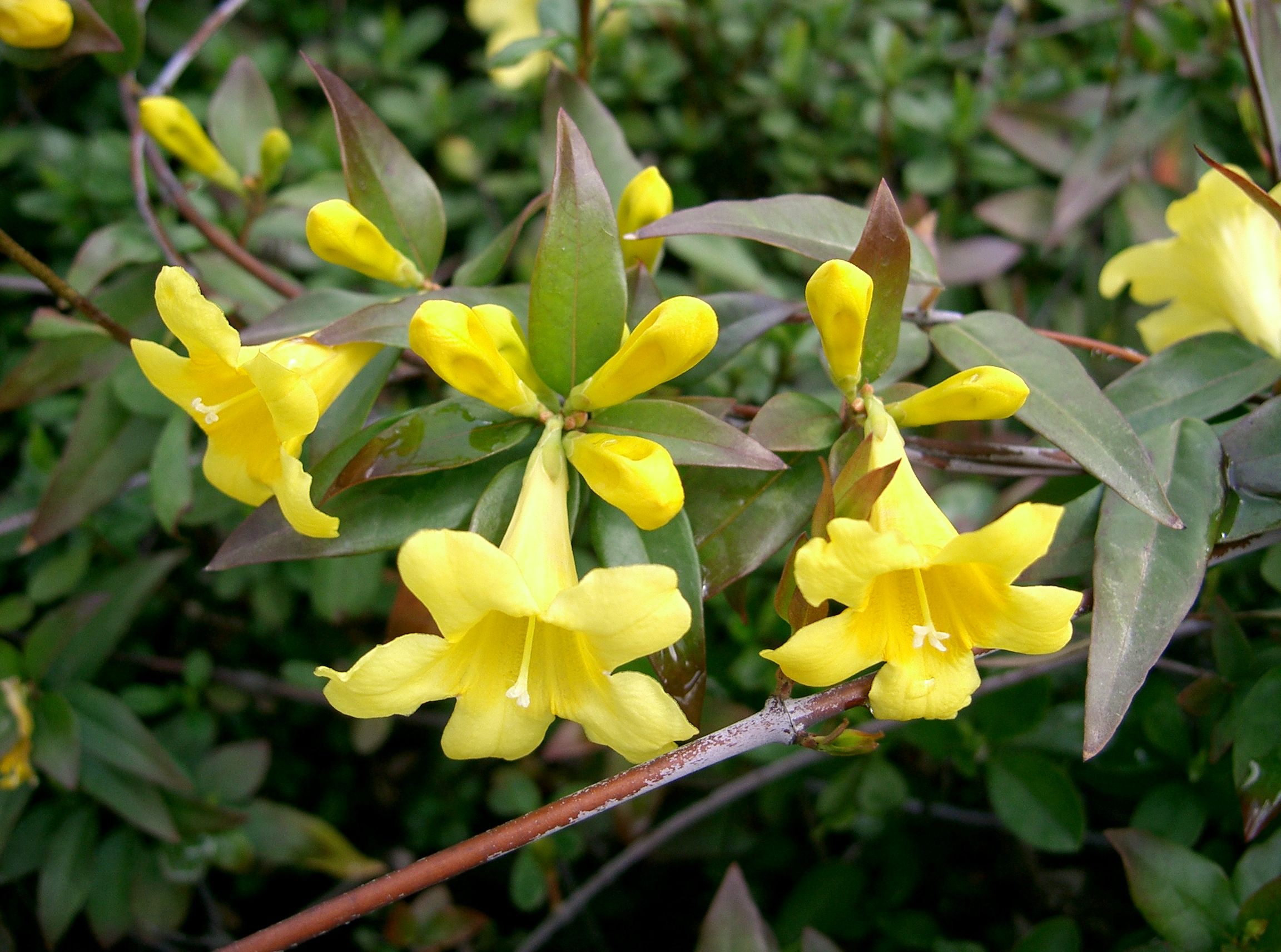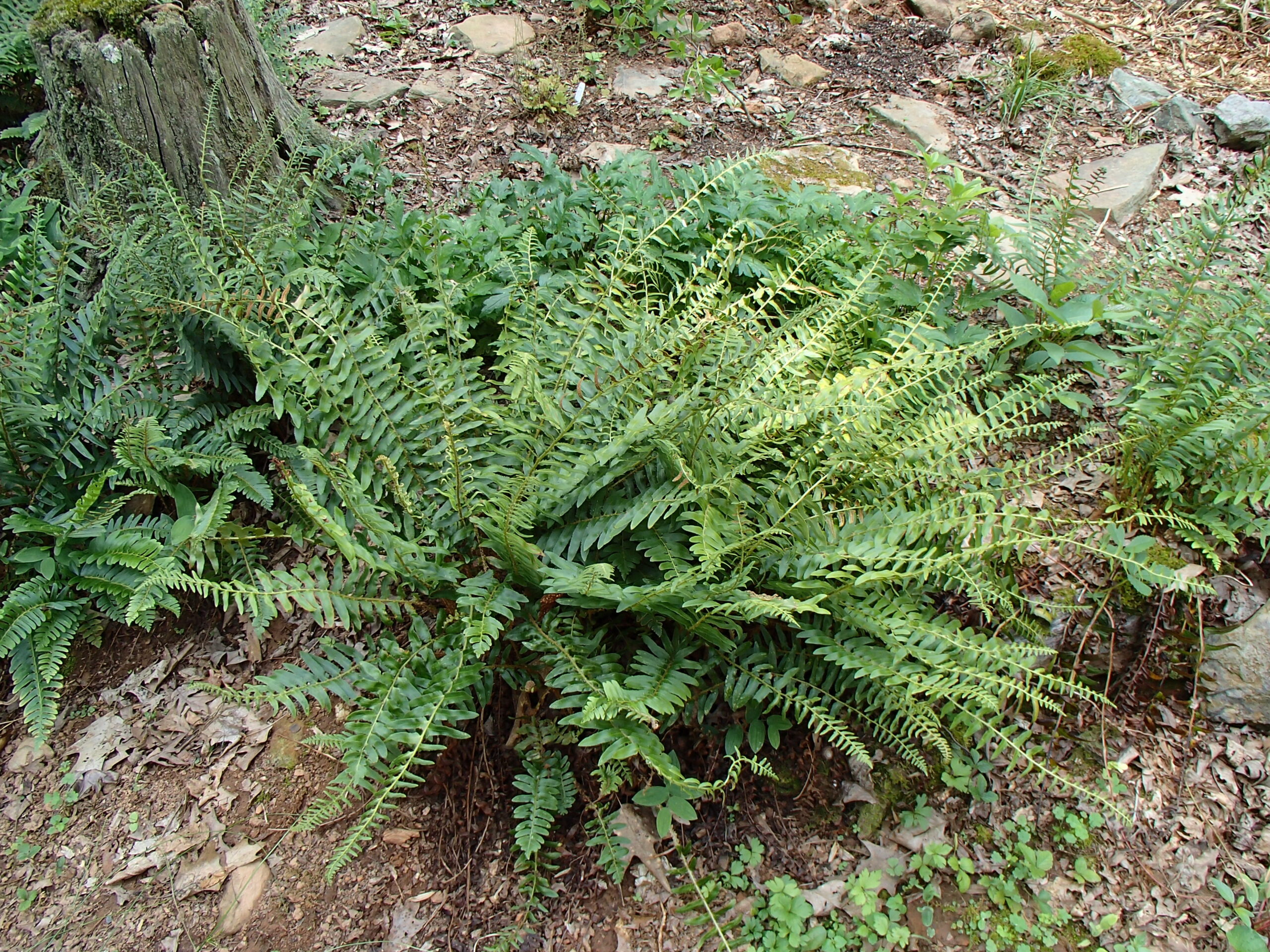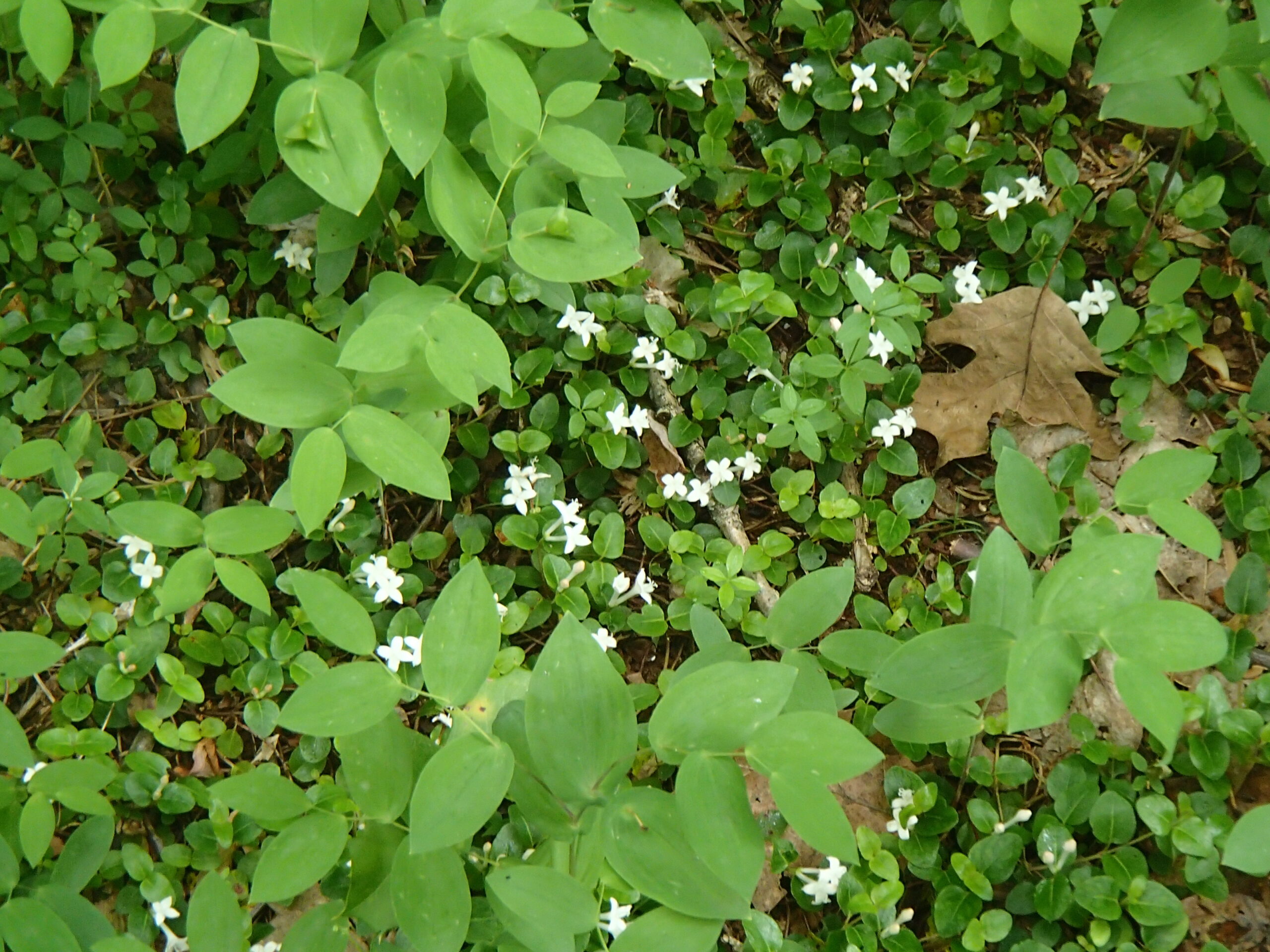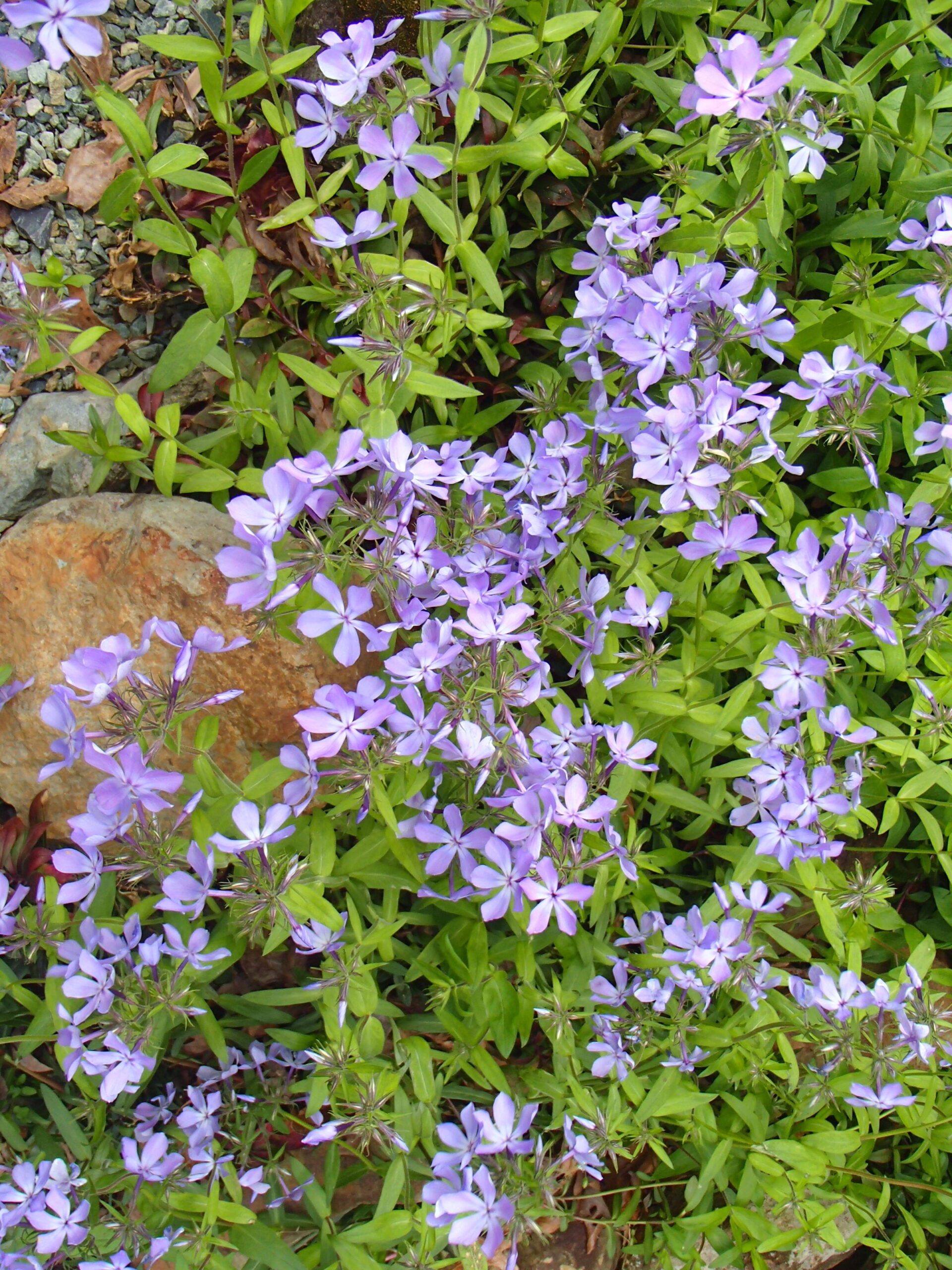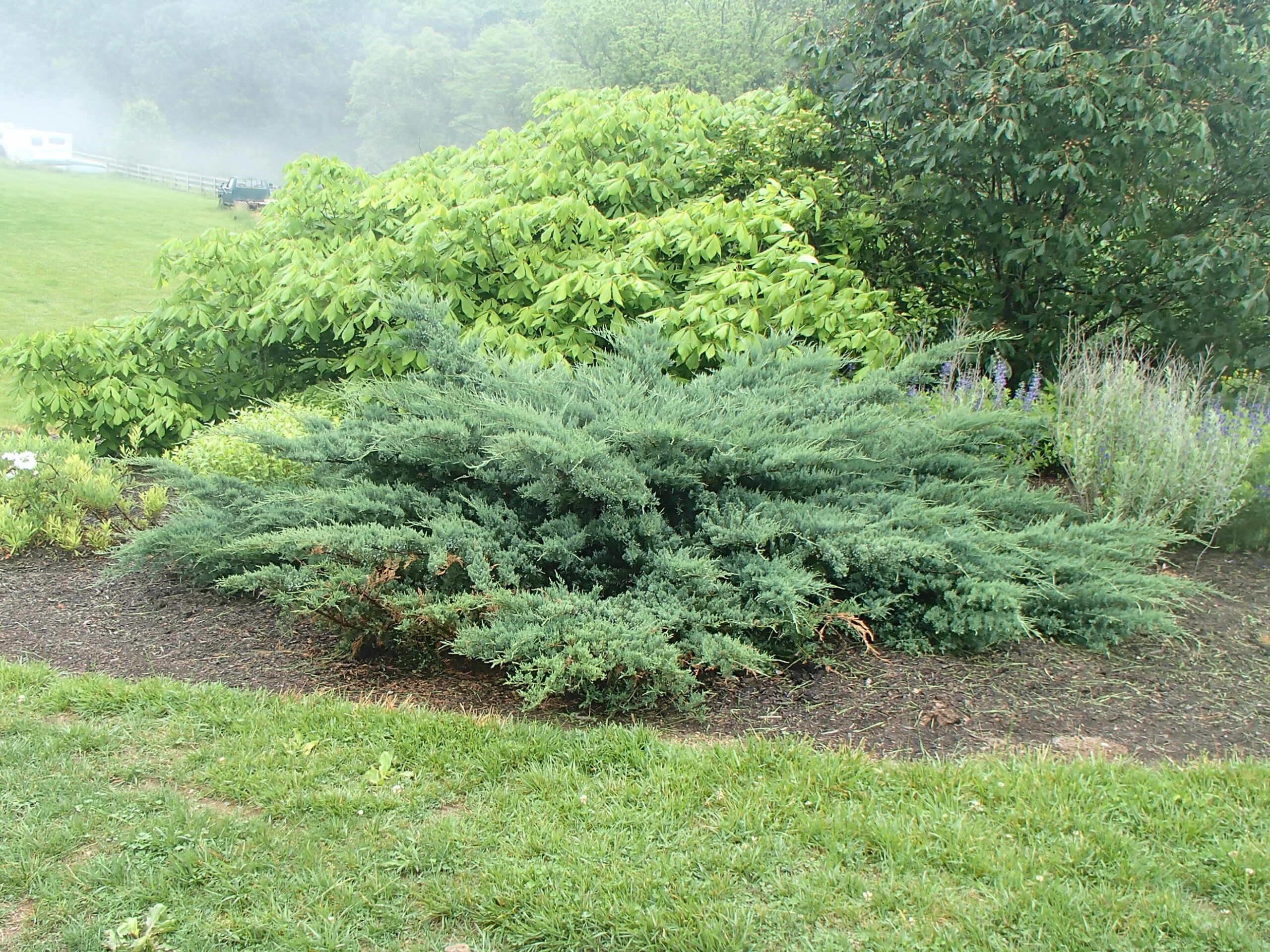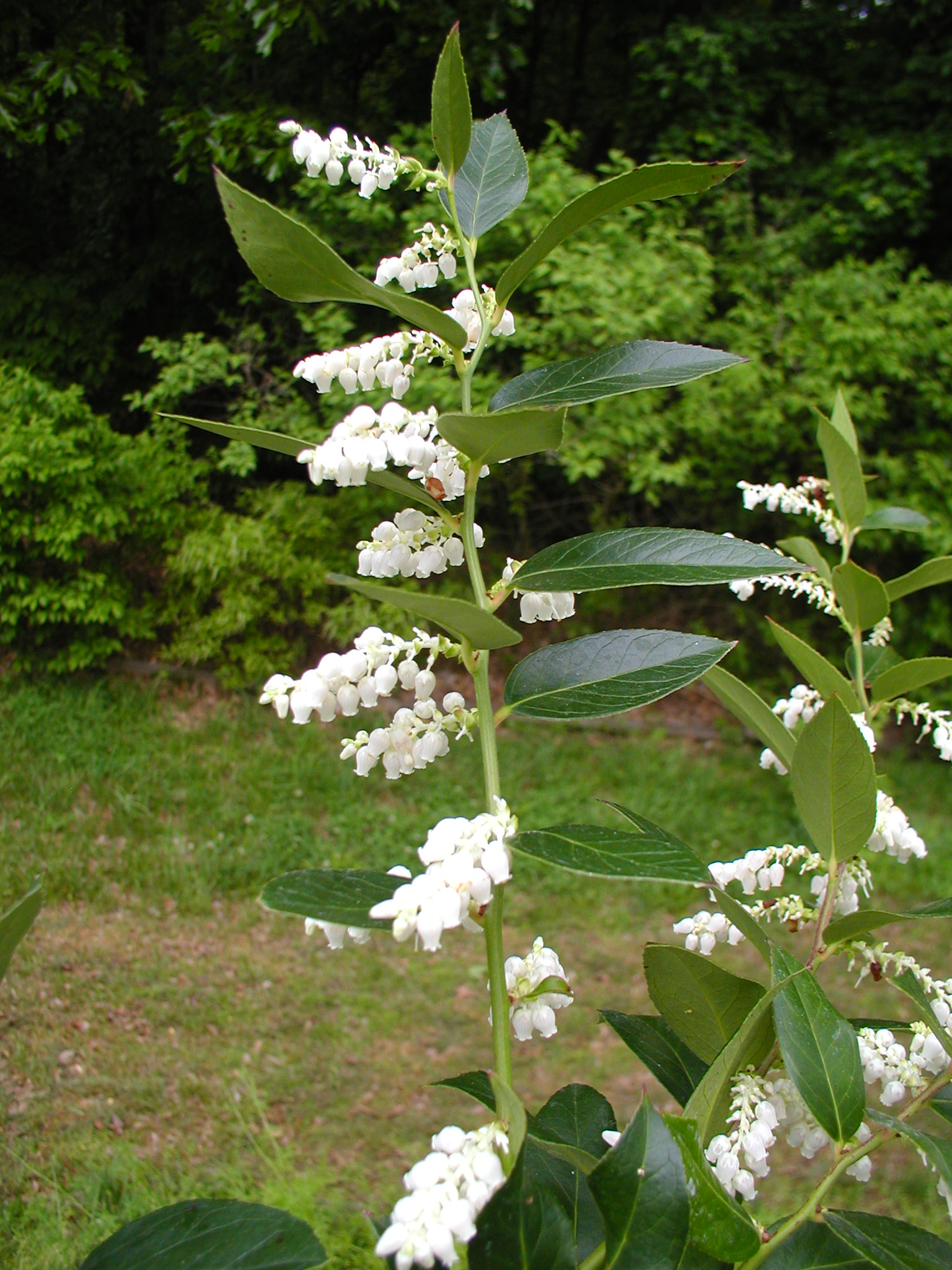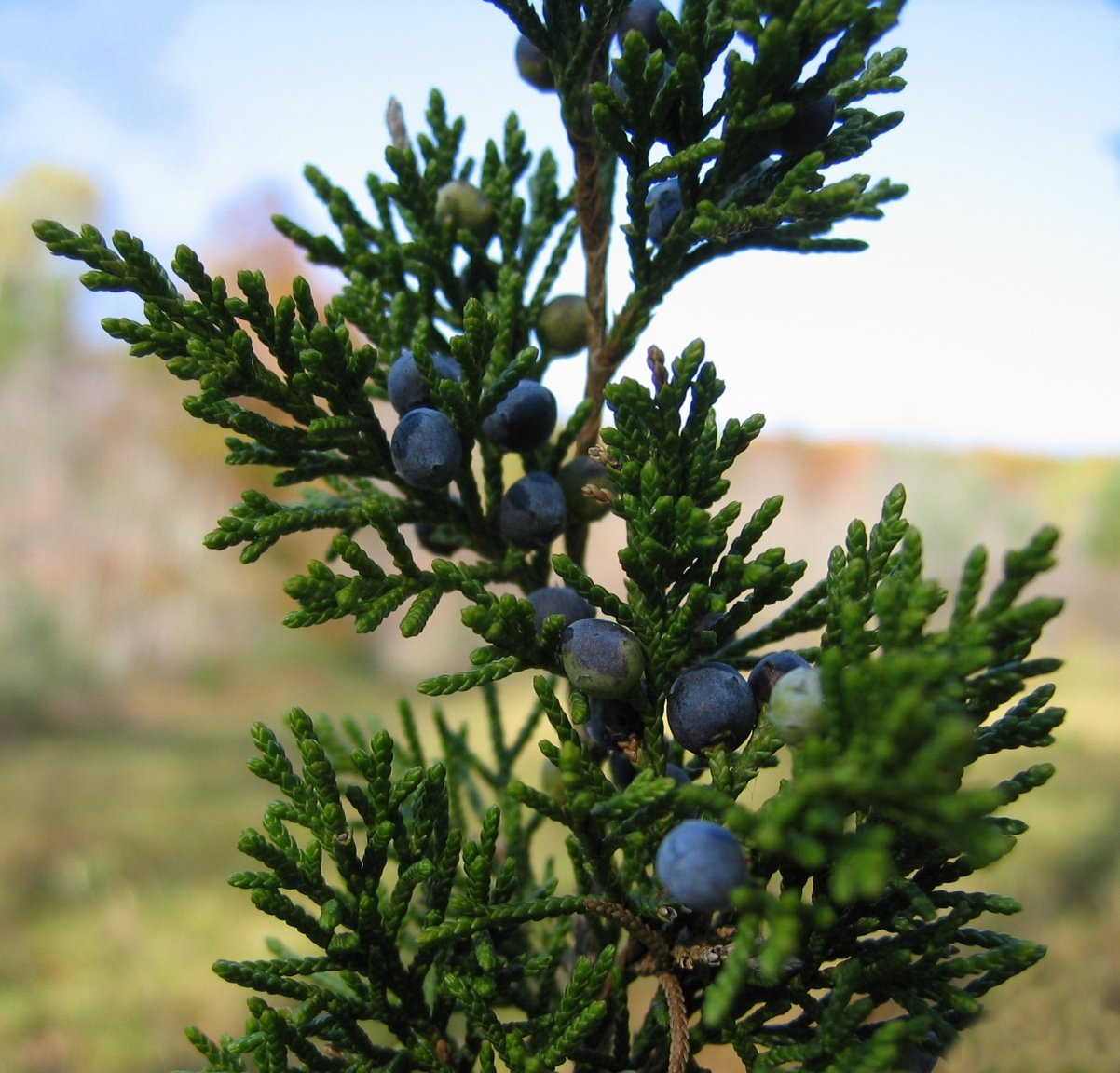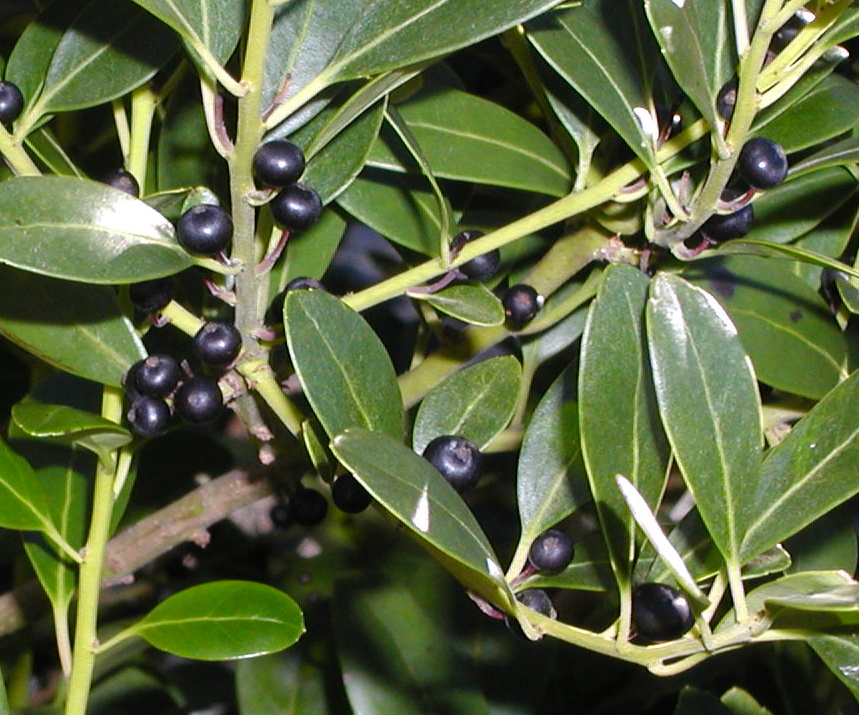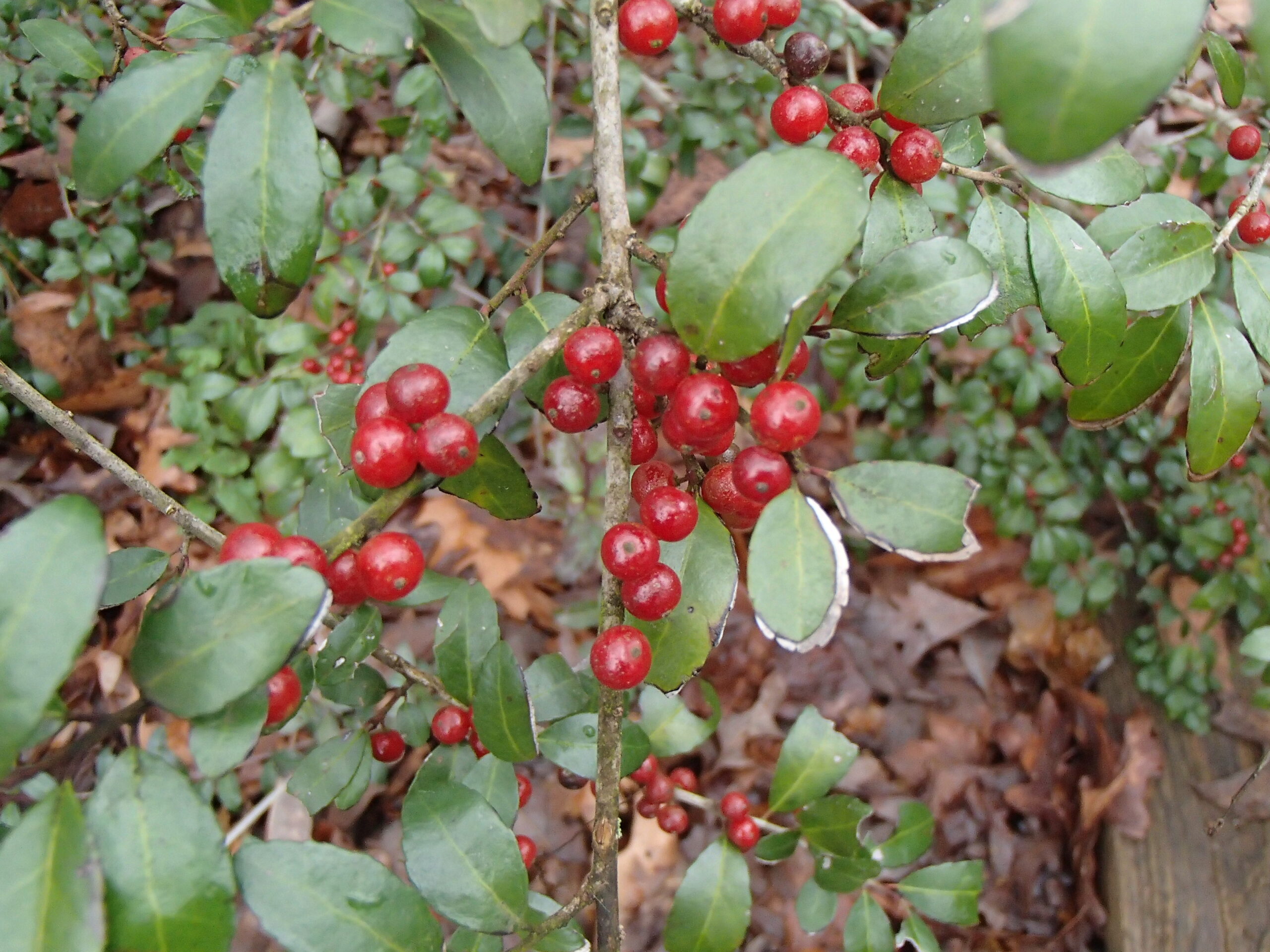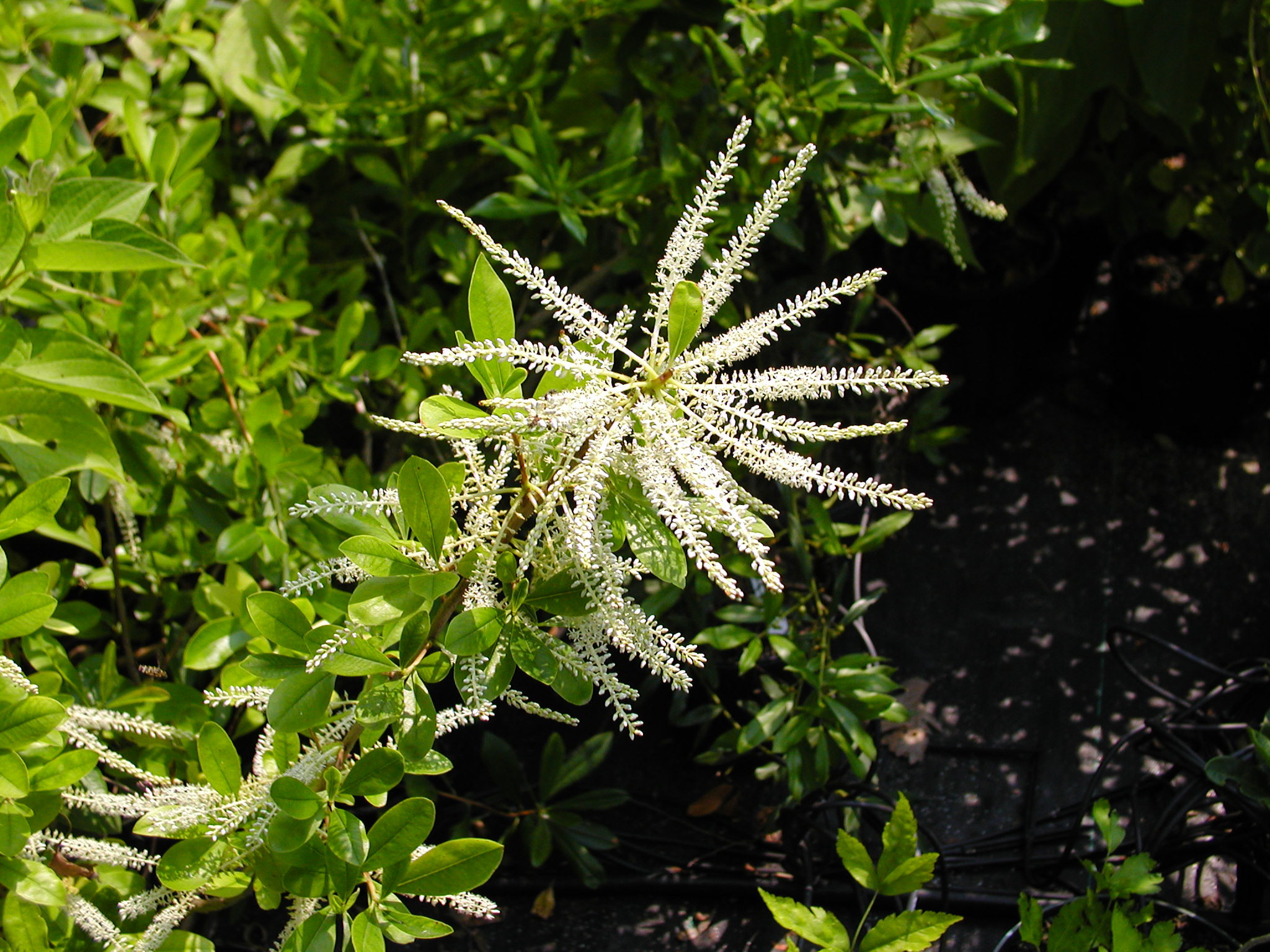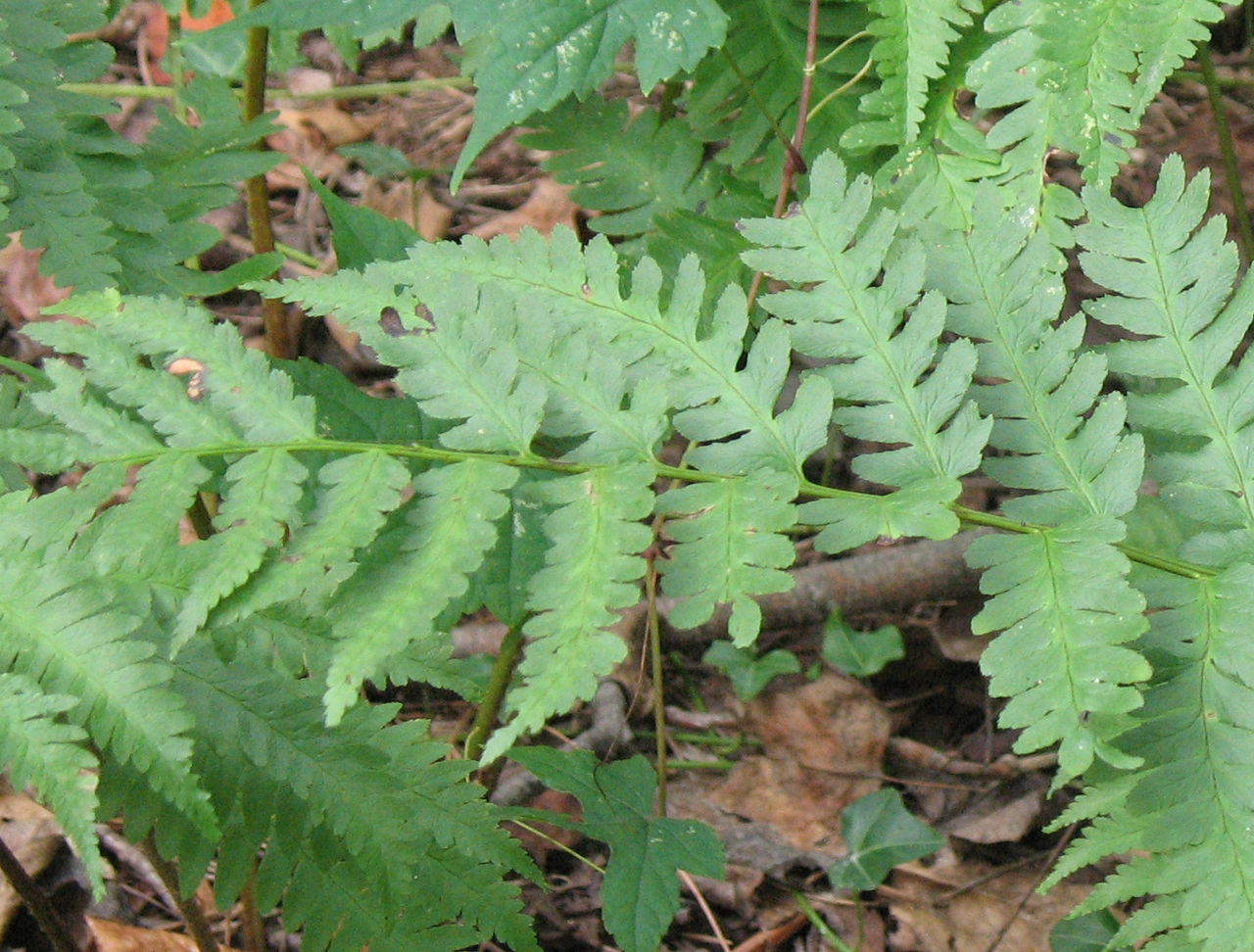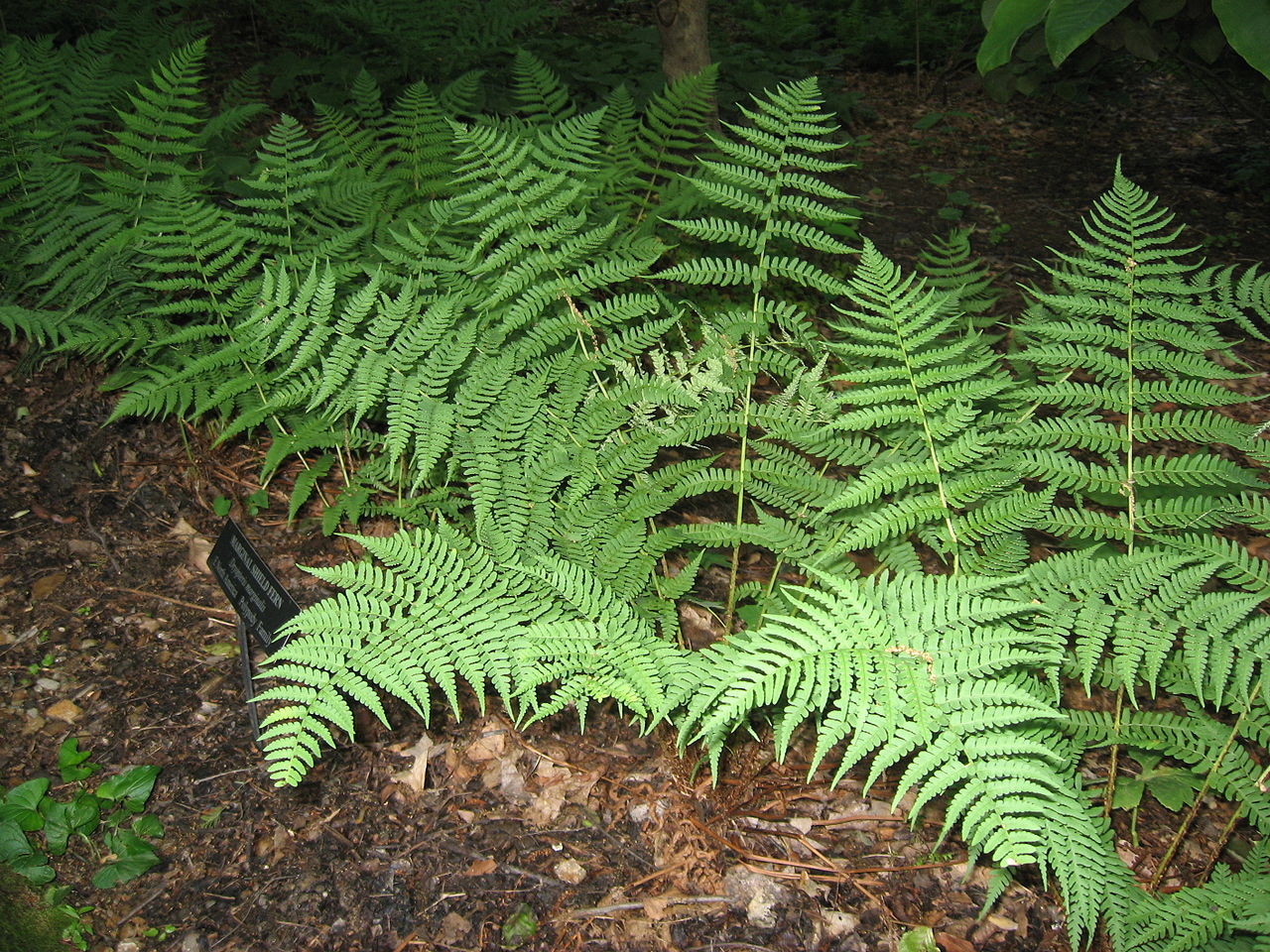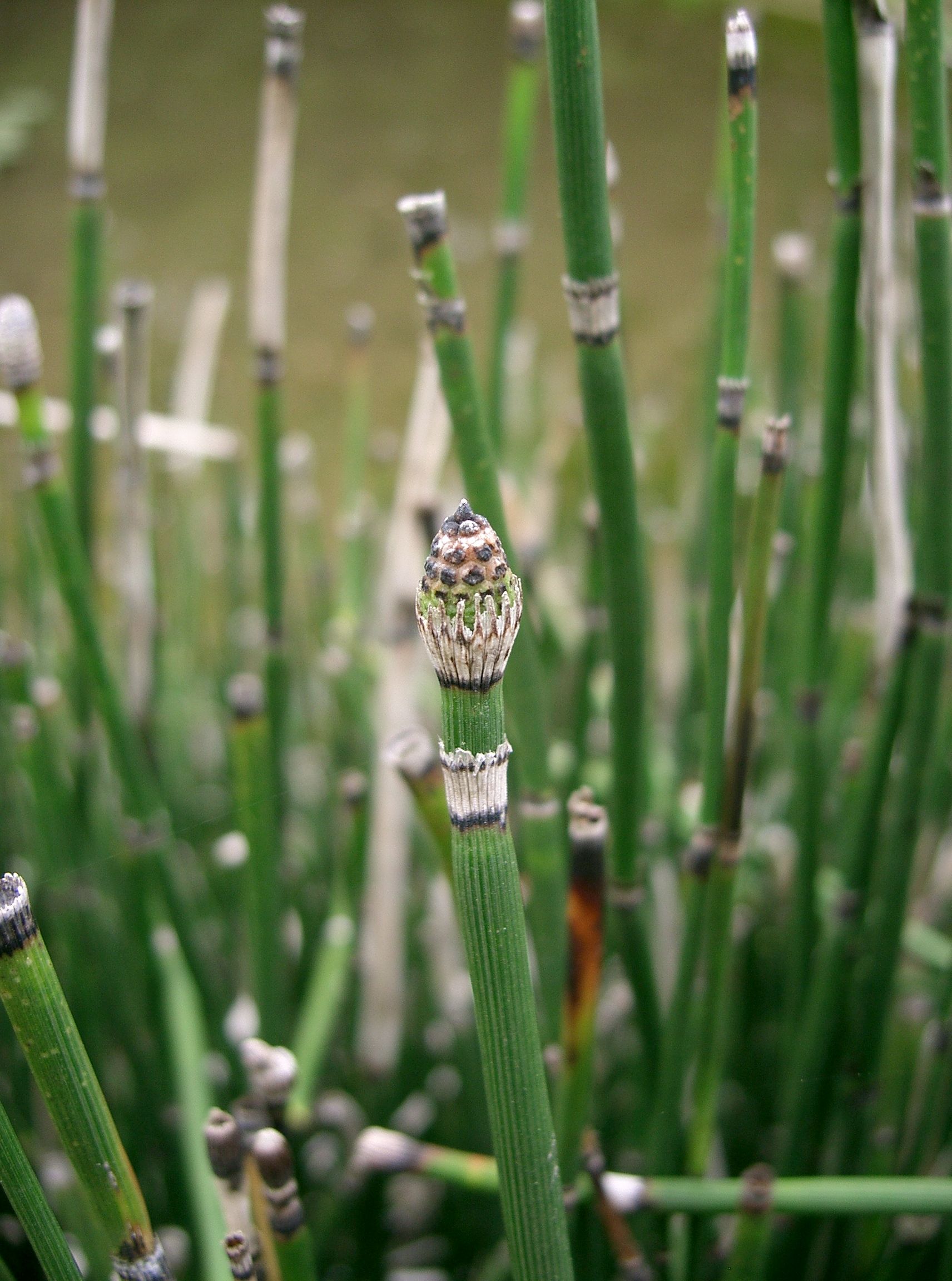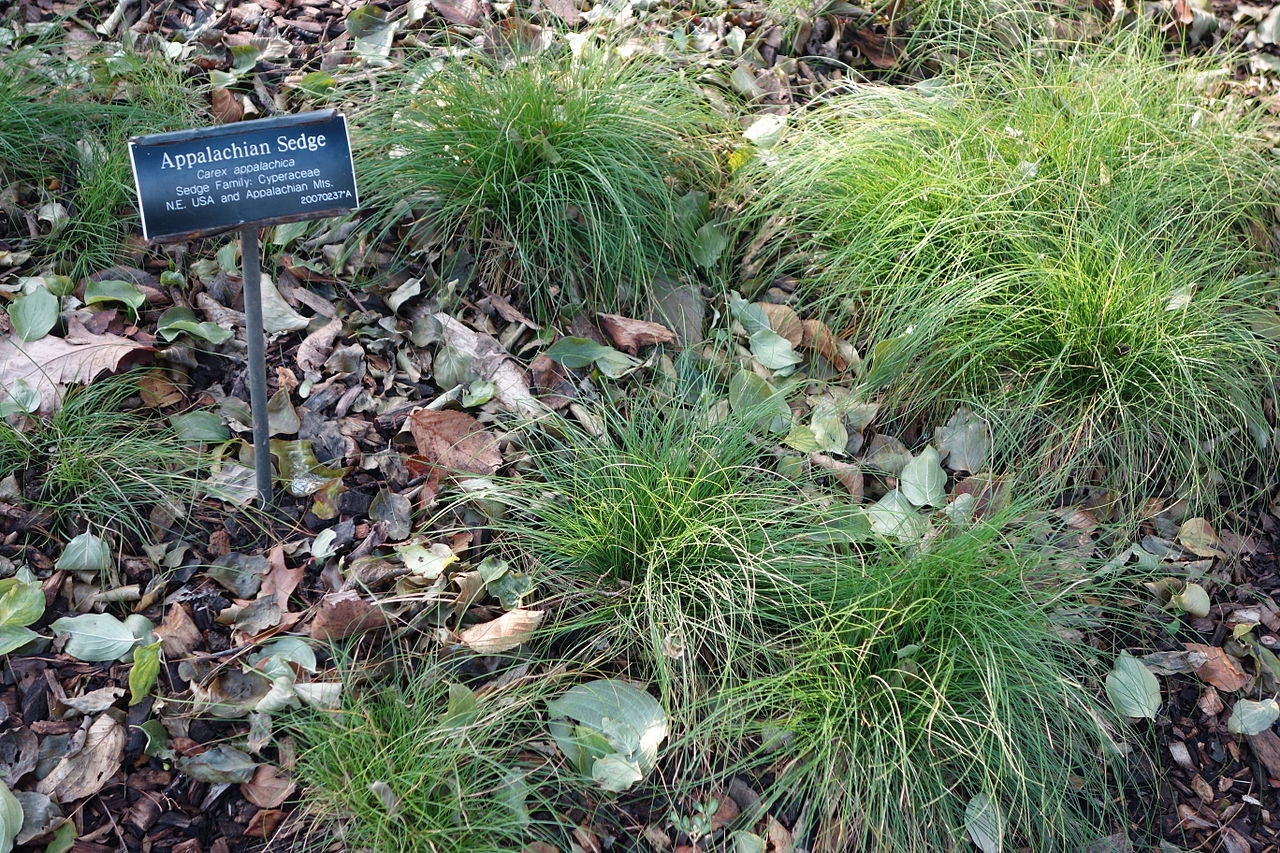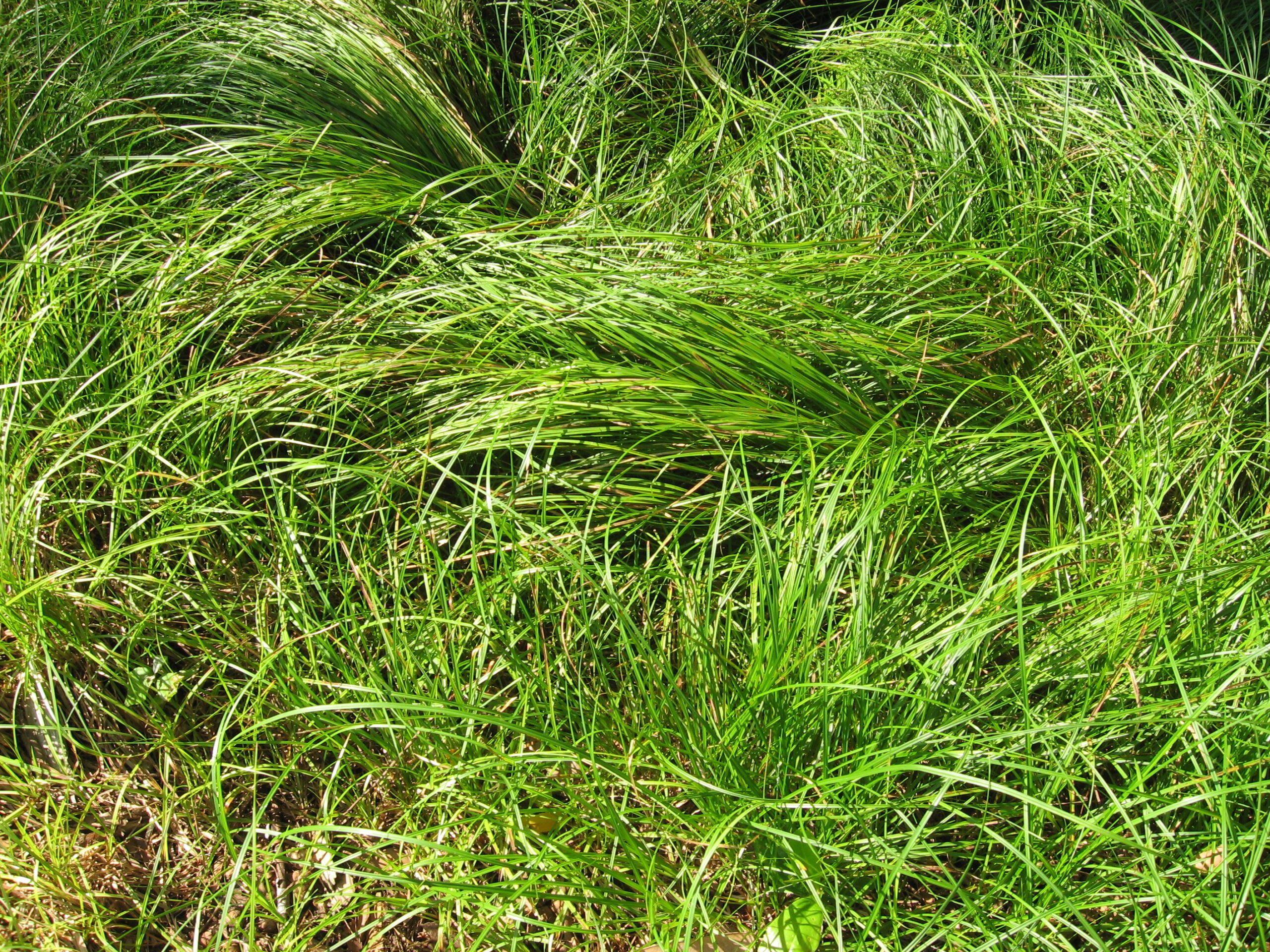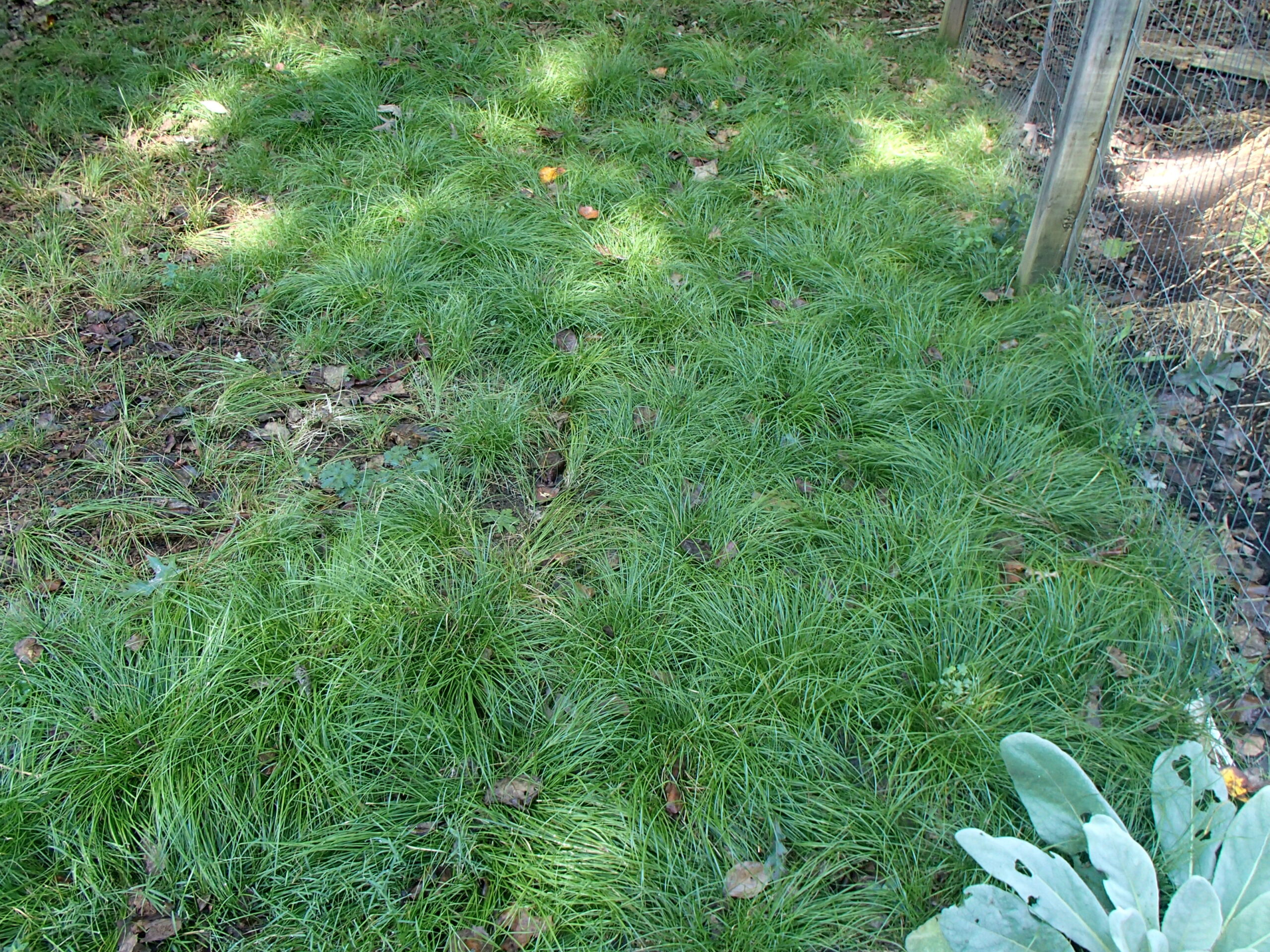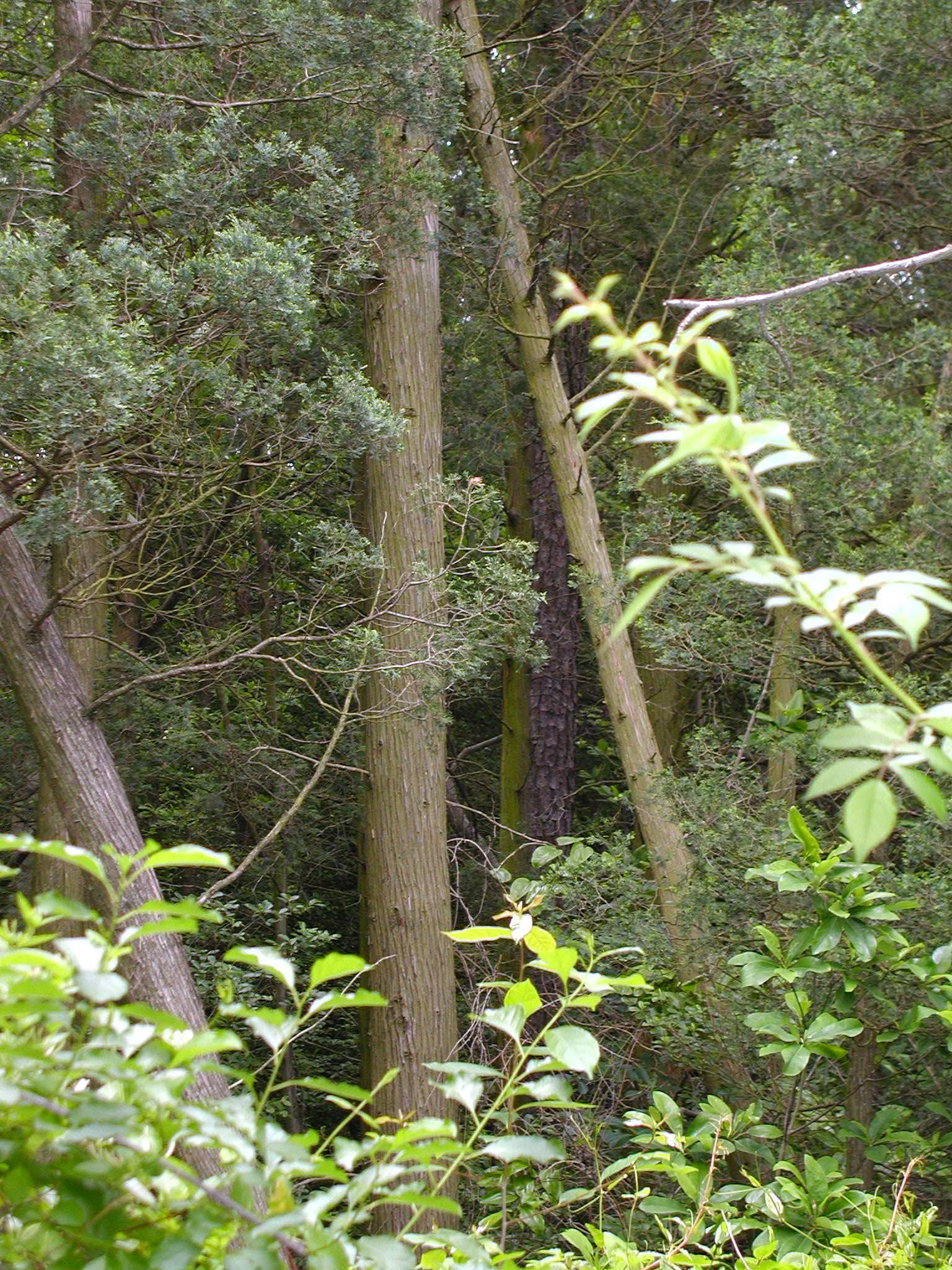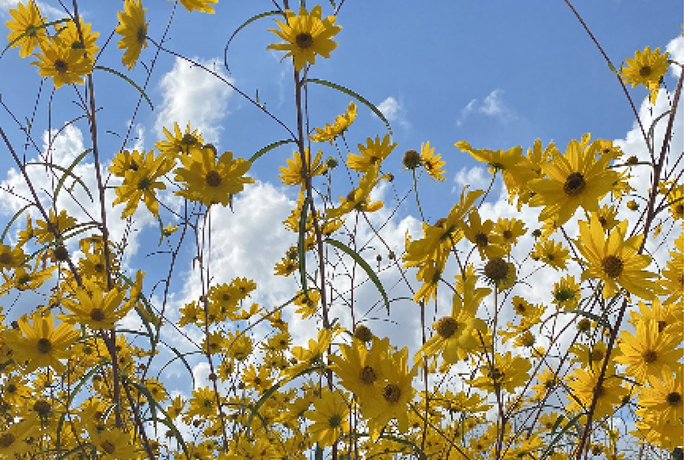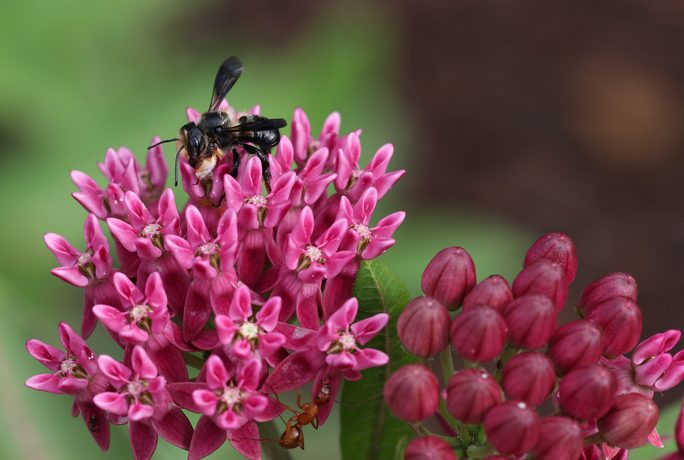NURSERY HOURS
Wednesday: 10-4 Thursday: 10-6 Friday-Saturday: 10-4 Sunday: 12-4
November 13, 2021
Packera aurea
Golden Ragwort is a very versatile flowering perennial member of the Asteraceae which we have found useful in various garden circumstances. It is native to the entire Eastern half of the U.S., and in North Carolina it is reported to occur in mountain and piedmont counties. While USDA says it occurs…
June 18, 2021
Gelsemium sempervirens
Carolina Jessamine is a vigorous, evergreen, high-climbing woody vine native from Virginia to Florida, west to East Texas and down into Central America. It is a staple ornamental in the south because it has bright golden, fragrant flowers attractive to bees, butterflies and birds, including hummingbirds. Jassamine is a twining vine,…
February 28, 2019
Tiarella cordifolia collina
Foamflower is a beautiful, clumping flowering perennial with immense versatility for shady gardens, featuring racemes of starry florets with a “foamy” effect above foot-tall mounds of attractive basal foliage. The leaf shape may vary from almost heart-shaped to deeply lobed with pronounced venation, and the leaf veins are often tinged with…
February 28, 2019
Tiarella cordifolia cordifolia
Foamflower is a beautiful, clumping flowering perennial with immense versatility for shady gardens, featuring racemes of starry florets with a “foamy” effect above foot-tall mounds of attractive basal foliage. The leaf shape may vary from almost heart-shaped to deeply lobed with pronounced venation, and the leaf veins are often tinged with…
September 17, 2018
Polystichum acrostichoides
Common in forested stream bottoms and damp slopes and ravines across Eastern North America, Christmas fern is the workhorse fern for gardens and naturalized areas in the mid-Atlantic region. It is a sturdy, attractive, medium sized (2 foot) fern which is evergreen (though the fronds fall flat on the ground in…
September 17, 2018
Mitchella repens
Partridgeberry is a beautiful, trailing, evergreen, mat-forming woody vine, no taller than two inches, reported in all states of eastern North America, and thriving in our piedmont Oak Hickory forest understory. Its leaves are rounded, paired, rich dark green with white markings, 1/2 to 3/4-inch long. Its tiny white, fragrant, tubular…
September 17, 2018
Phlox divaricata
Wild Sweet William or Woodland Phlox is a beautiful and beloved wildflower that can brighten a shady area in need of spring color, — ranging from a soft exquisite true blue to lavender and occasionally, white. It occupies a position between the low groundcover phloxes and the tall garden phloxes. During…
September 17, 2018
Juniperus virginiana ‘Blue Arrow’
‘Blue Arrow’ is a cultivar of Eastern Red Cedar, an evergreen tree of wide variability in form, seen on roadsides and hedgerows throughout the eastern U.S. ‘Blue Arrow’ was selected to provide a reliable, vertical evergreen accent in a more formal landscape. Red Cedar (the species) is dioecious, with seed cones…
September 17, 2018
Juniperus virginiana ‘Poyo’
Juniperus virginiana is a tough, widely distributed native evergreen tree with many outstanding attributes (see our listing for the species) and ‘Poyo’ is a dwarf, spreading cultivar which displays most of the attributes of the species, but answering a need for a shrub-like form. Since it is asexually propagated (is a…
September 17, 2018
Leucothoe axillaris
Doghobble is a graceful, informal, evergreen shrub common in the Atlantic and Gulf coastal plain which shows off best when planted in mass. Stoloniferous, it is naturally found in drifts or colonies along banks of creeks or shady ditches and woodlines. Doghobble’s arching form reaches 3-4 feet or 4-6 feet (reports…
September 17, 2018
Lyonia lucida
Shining Fetterbush (“lucida”) is a commonly encountered evergreen shrub of the south, 3-5 feet tall and wide (or occasionally taller), found mostly in counties of the Atlantic and Gulf Coastal Plains from Virginia south to Florida and west to Louisiana. The leaves are alternate, smooth, thick, and leathery. The sweetly fragrant…
September 17, 2018
Ilex vomitoria ‘Taylor’s Rudolph’
‘Taylor’s Rudolph’ is a cultivar of a beautiful and hardy native species of Holly that grows in coastal NC as well as other Southeastern states. Both ‘Taylor’s Rudolph’ and the species are evergreen; both are very adaptable, thriving in a range of cultural conditions from moist to dry, in full sun…
September 17, 2018
Juniperus virginiana
Eastern Red Cedar is a sturdy, aromatic, evergreen, pyramid-shaped or columnar tree which usually grows to about 60 feet, though it can reach 90 feet. This species is considered a pioneer tree that colonizes sunny areas that are relatively dry and sterile. Adapted to dry habitats, it is native throughout central…
September 17, 2018
Ilex glabra
Ilex glabra, or Inkberry Holly, is a colonial evergreen shrub with an erect but rounded form, 8 – 10 feet high. If you are not normally fond of prickly holly leaves, Inkberry may be the holly for you: it differs from all other evergreen hollies by lacking spines on the leaves.…
September 17, 2018
Ilex opaca
American Holly is a slow-growing, medium sized, evergreen tree known and loved throughout the mid-atlantic, south-central and Gulf state lowlands (in NC, is reported in most counties throughout). An understory tree in our deciduous forests, it generally reaches 40 to 60 feet, with pyramidal form, occasionally much taller. In cultivation, however,…
September 17, 2018
Ilex vomitoria
The Yaupon Holly is a distinctive evergreen native holly found in coastal counties in NC and other Southeastern states over to Texas. It tolerates a whole range of moisture regimes (wet to dry), soil types and pH, sunlight conditions (full sun to shade, but more sun makes more berries), and is…
September 17, 2018
Ilex vomitoria ‘Schilling’s Dwarf’
This cultivar of Yaupon Holly, fully embraced by the nursery trade like few other native plants, is very popular as a foundation plant around homes and office buildings and it functions admirably in this role.’Schiling’s Dwarf’ is included in our inventory specifically for those who want a formal hedge, but with…
September 17, 2018
Cyrilla racemiflora
Swamp Titi is an extremely interesting and underused shrub or small tree for our area. It grows to perhaps 20 feet (more often 12-15 feet) and can be described as having both lustrous evergreen or tardily deciduous leaves and colorful fall foliage! Its trunk(s) and branches are very nicely contorted, with…
September 17, 2018
Dryopteris celsa
Log fern is a fertile, naturally occurring, semi-evergreen hybrid between D. ludoviciana (Southern Shield Fern) and D. goldiana (Goldie’s Wood Fern) with a range in central, eastern and southeastern U.S. Log fern grows rapidly with wide, shiny, deeply cut, dark green fronds and dark stripes along the central rib. The sori,…
September 17, 2018
Dryopteris marginalis
Marginal Wood Fern is a smallish ( 1.5 – 2 foot high), well behaved, evergreen fern found in shady, rocky slopes in most of eastern U.S. In North Carolina, is is found in mountain counties and a few piedmont counties. It is clump-forming and non-colonizing, propagated by root crown division and…
September 17, 2018
Equisetum hyemale
The genus of Scouring Rush Horsetail, or Puzzlegrass, is the only living genus of a class of plants which for over one hundred million years dominated the understory of late Paleozoic forests (Wikipedia)! And Puzzlegrass does, indeed, have a primitive look. It now favors wet areas along railroad embankments, stream banks…
September 17, 2018
Carex appalachica
Not all sedges are the same and this one is a beauty! The finely textured, medium green leaves of Appalachian Sedge grow between 12-18 inches in length, but the clumps arch gracefully over to the ground, actually only 6 to 10 inches tall. It can be grown as a specimen, where…
September 17, 2018
Carex pensylvanica
Carex pensylvanica, or Oak Sedge (or Pennsylvania Sedge) is found in dry woods mostly in Northeastern U.S. In North Carolina it occurs naturally in the mountain counties. This is one of the more popular sedges for gardeners and landscapers in our area because of its versatility. Plants are about 8 inches…
September 17, 2018
Carex retroflexa
This plant is not currently for sale. This is an archive page preserved for informational use. Old Field Sedge, or Reflexed Sedge, is a clump-forming, evergreen, grasslike plant usually found in dry, deciduous forests throughout Eastern North America. In NC it occurs in some of the piedmont counties, including our own…
September 17, 2018
Chamaecyparis thyoides
This plant is not currently for sale. This is an archive page preserved for informational use. The majestic Atlantic White Cedar is actually a Cypress, not a Cedar. It is a medium-to-large (50-ft), coniferous, evergreen, wetland tree well known for the excellent quality of its light, strong wood. Its range is…
About the author

Proin volutpat vitae libero at tincidunt. Maecenas sapien lectus, vehicula vel euismod sed
Categories
Popular Posts
Instagram
Follow us

